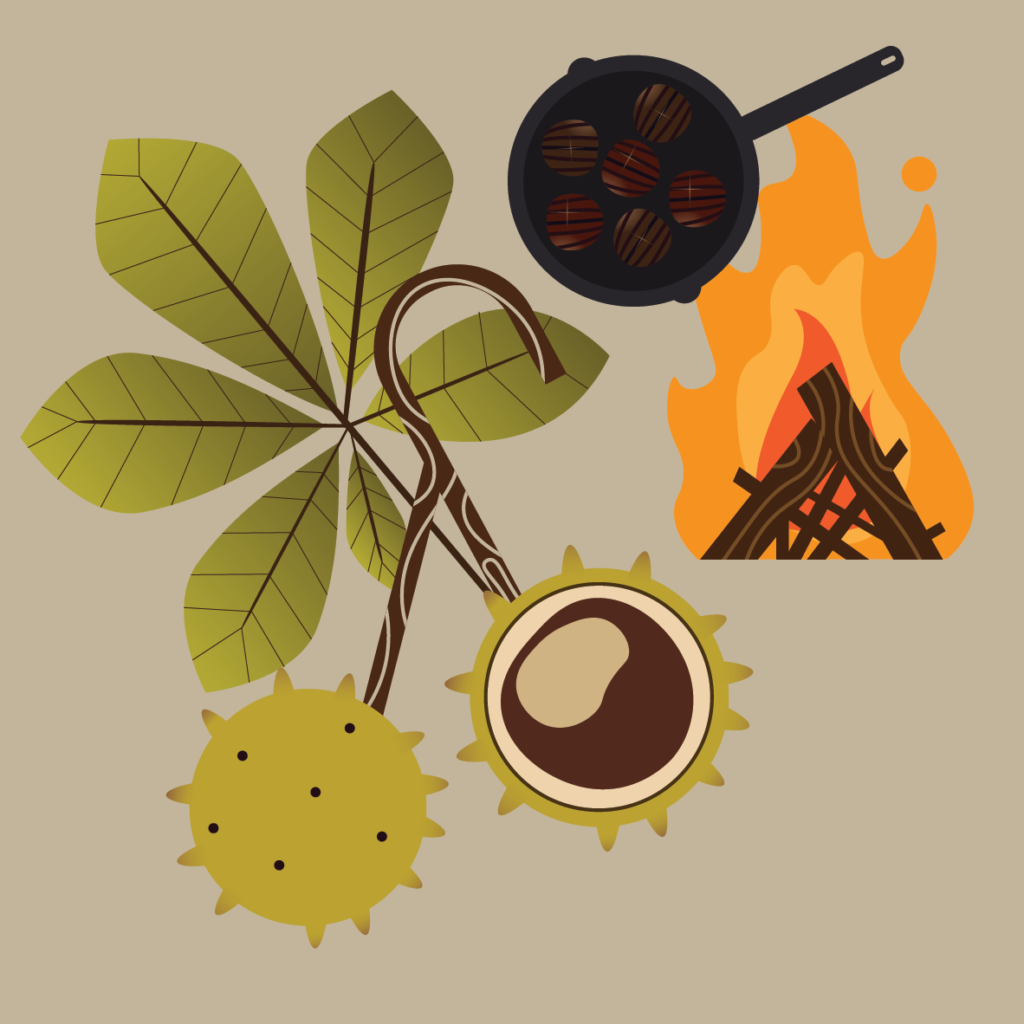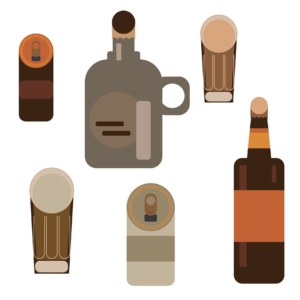How To Roast Chestnuts This Christmas
Get into the festive season by indulging in the best Christmas food. One of those being roasted chestnuts. They can be used for turkey stuffing, cakes or crumbles.
They are at their peak over the festive season. For the best flavour look for the largest nuts and choose those that are shiny and feel heavy.
- First, you cut the shell carefully. Make an x shape on the nut but be careful not to cut the nut inside just the outer shell
- Heat the oven to 200 degrees fan or gas 6. Roast for 30 minutes until the skin splits open.
- Let me cool and then you can peel them. Serve immediately or chop ready to add to another recipe.
 Roasting over an open coal fire
Roasting over an open coal fire
If you want the ultimate festive experience this is how to roast chestnuts over an open fire.
- Prepare the charcoal grill for direct heat. Light charcoal, for a medium-hot fire you should be able to hold your hand 6 inches above the flame for around 5 seconds.
- Use a knife to cut an x into each chestnut
- Cook for 20 minutes or until chestnuts have split
To roast them in the fireplace wrap the chestnuts in a foil packet then place into a medium-sized fire. Roast for about 15 minutes then leave them to cool before unwrapping. When the chestnuts are cool enough to handle you can peel them.


 Another way you can stay safe is by paying attention to your fire pit. Fire pit accidents are among the nearly 6,000 grill fires each year, sometimes these spread to become an outdoor fire.
Another way you can stay safe is by paying attention to your fire pit. Fire pit accidents are among the nearly 6,000 grill fires each year, sometimes these spread to become an outdoor fire. 
 Release your inner bookworm
Release your inner bookworm 


